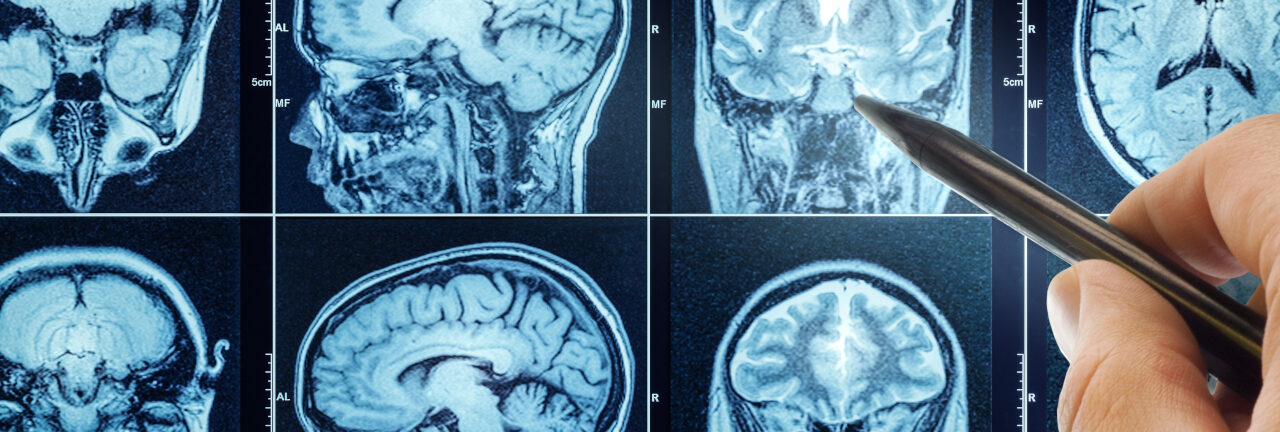The National Institute of Health (NIH) conducted a study of almost 10,000 adolescents to compare the brain structure between those who did and didn’t use substances before the age of 15. It appears that there were structural brain differences before any substances were used, reports show.
Experts speculate that maybe structural differences could play a role in early substance misuse and potential addiction. Environmental, genetic and other neurological factors could also play a role.
Nora Volkow, M.D., who is the director of the National Institute of Drug Abuse (NIDA) asserts, “Understanding the complex interplay between the factors that contribute and that protect against drug use is crucial for informing effective prevention interventions and providing support for those who may be most vulnerable.”
The data were derived from the largest longitudinal study of brain development and health in the United States among adolescents and children. The Adolescent Brain Cognitive Developmental Study (ABCD Study) was supported by NIDA and nine other institutes.
In St. Louis, Washington University researchers used the data from the ABCD Study to assess MRI scans. Children between the ages of nine and 11 years old were followed over a three year period.
The goal was to see if the brain structure captured in the MRI’s had any association with initiating substances. Although other substances were assessed, the primary substances that were monitored were cannabis, nicotine and alcohol. Out of the 9,804 participants, 3,460 reported back with initiation substances before the age of 15.
The researchers identified five structural differences in the brain on a global level in the scans of those who reported they’d already used substances and those who had not. Researchers also identified 39 structural differences on the regional level, meaning that these structural differences were localized to smaller areas of the subject’s brain.
Researchers also noted structural differences depending on the substance that the participants used. The most significantly impacted areas of the brain are those linked to impulsivity and sensation seeking.
Alex Miller, PhD is an Assistant Professor of Psychiatry at Indiana University and the study’s co-author. Dr. Miller hopes that “these types of studies, in conjunction with other data on environmental exposures and genetic risk, could help change how we think about the development of substance use disorders and inform more accurate models of addiction moving forward.”
Those involved in research have also shared that these studies should not be used as a tool for diagnostics.
